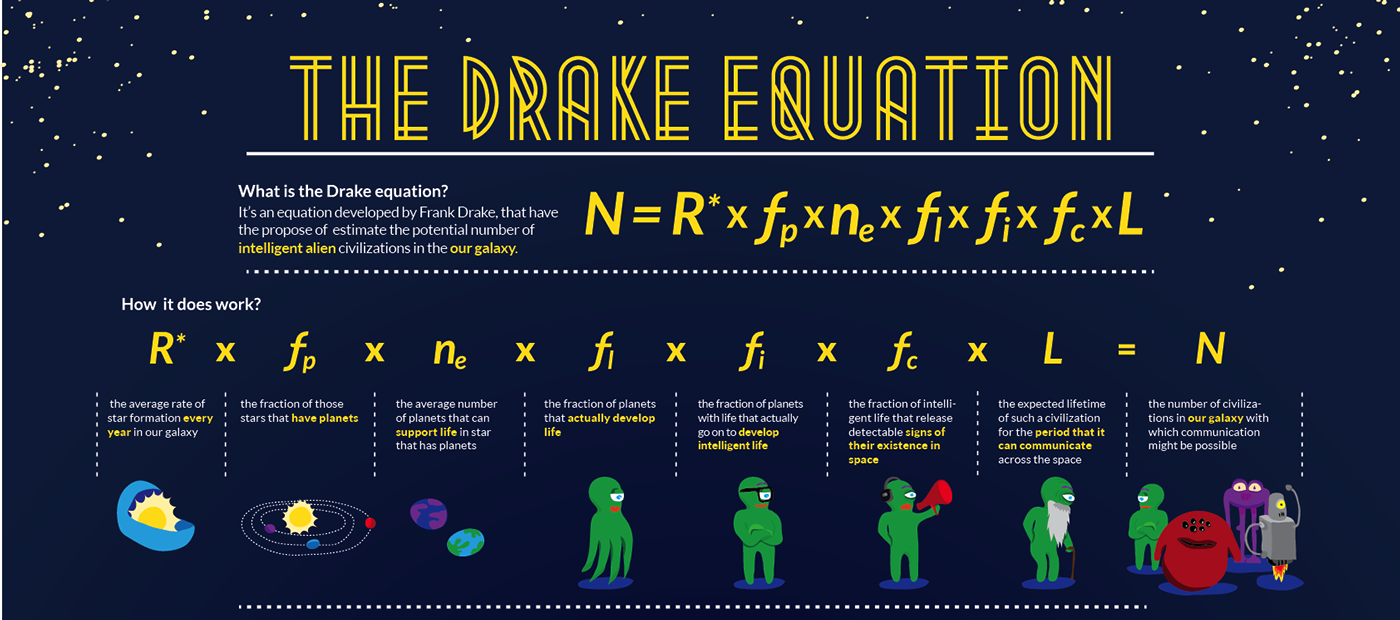It’s midnight, your parents are asleep, but you are starving. Looking through the kitchen, your initial expectations of cupboards brimming with your favorite snacks fall short. Instead, you’re left staring at the cold, barren wasteland of your refrigerator shelves, desolate save for the random ketchup bottle, carton of spoiled milk, and jar of mayo.
Damn it.
Your pride and stomach battle into the night as you contemplate spoon feeding condiments into your mouth—anything to occupy the empty expanse that is your stomach. But, eventually, you come to your senses and regain your sanity.
What the hell would you do?
Your instincts kick in: it’s practically second nature at this point. You grab the square package, sliding out the fried noodle cake and plopping it into the boiling hot water. At last, the end of your starvation is near, measured by the two-minute recommended cooking time on the Maruchan packet. Finally, you sprinkle in the oddly colored, MSG-loaded chicken seasoning onto your bowl like salt bae sprinkles coarse sea salt on a medium rare filet mignon. Slurping down your midnight snack, it tastes obscenely salty, watery, and artificial.

But don’t lie. On those late, lonely nights, those instant noodles taste like a meal from a Michelin 3-star restaurant.
***
Whether it be a hungry teenager, a broke college student, or an overworked, nine-to-five adult, instant ramen has undoubtedly become a staple in kitchens worldwide since its invention in 1958. And, I mean, it’s easy to see why. With it costing an average of thirteen cents in supermarkets and taking a maximum of five minutes to make, instant noodles fit snugly into the hustle and bustle of everyday life, seasoning people’s lives with an extremely heavy, beef-flavored hand.
But, what’s so weird about this makeshift meal is that, frankly, it’s freakin’ delicious. Let’s be real: that small, off-white colored chunk of wavy noodles and yellow powder taste absolutely phenomenal. There’s countless explanations for this disparity. Perhaps it’s the fact that one bowl of Cup Noodles has forty-five percent of your recommended sodium intake, making it a scarily salty snack (that you shouldn’t eat more than 2.22… times a day for those keeping track at home). Maybe it’s due to the massive amounts of monosodium glutamate, a flavor enhancer that gives ramen it’s savory, artificial kick. It’s probably safe to say that ramen is not good for the body, but good for the soul.
Or, most convincingly, it could be because society adores efficient products designed to streamline the lives of everyday citizens.
See, to eat instant ramen is literally to consume consumerism (see what I did there?). Try to think of any other full meal that can be purchased by the sixty-fours and tastes exactly the same each time you make it. With American ramen companies such as Maruchan releasing new flavors like Creamy Mushroom, Picante Beef, and Oriental (ironic, I know), America has rapidly simplified this artisanal Japanese delicacy into a microwaveable, machine-made fast food product.
Other countries seem to take an opposite approach. Indonesia’s famous Indomie ramen noodles use five different flavor and spice packets to pack that South Asian punch when imitating their own national dish in instant noodle form. Japan has created an instant ramen bowl so complex it has won a Michelin Star. Costing around $30 for a pack of four on Amazon, I find these inventions to be a complete steal when compared to the dainty plates from high-end restaurants in Chicago or Los Angeles. Now, these innovative pre-made noodle dishes are what I call ramen.

In fact, I’ve even managed to whip up something in my own kitchen that can easily knock the commercial edge of a pack of ramen out of your bowl. Here’s my very own ramen creation, crafted on the basis of countless late homework nights and hungry study breaks.
Jason’s Not-So-Instant Ramen Recipe:
- Heat a pot of water to a boil
- Add Shin Ramen flavor packet and noodles
- Cook until noodles separate from the clump
- Stir to combine, then carefully crack an egg on top of your pot
- Place enoki mushrooms on the other side of the pot
- Allow the egg to poach and the mushrooms to blanch in the boiling soup
- Top with scallions, serve with a side of kimchi

Although it takes an extra ten minutes or so to prep, this recipe can substitute for a substantial lunch or dinner. To be honest, this recipe has made me love instant ramen so much that my parents have placed a “ramen quota” on my consumption: only two packs or less of ramen per month. As a practical and obedient son, I naturally handle this limit with one of my favorite quotes.
“Rules were made to be broken.”
-an absolute genius
While instant ramen has penetrated into the cupboards and lives of nearly every American alive, its true cultural and innovative roots still remain elusive. Halfway across the world, Asian countries continue to symbolize their backgrounds, providing delicious yet accessible forms of their nation’s favorite dishes to their people. It’s vital that we recognize and come to respect the culture behind one of America’s favorite midnight snacks and explore the various other forms of our curly-blocked, salty-powdered friend.
I promise, they’ll become instant favorites.
Works Cited
Brickman, Sophie. “The History of the Ramen Noodle.” The New Yorker. The New Yorker, 20 June 2017. Web. 21 Nov. 2019.
Gordinier, Jeff. “Ramen: A Quick Fix for the Soul.” The New York Times. The New York Times, 17 June 2014. Web. 21 Nov. 2019.
Nissin. “Cup Noodles, Chicken.” Nutritionix. N.p., n.d. Web. 21 Nov. 2019.





